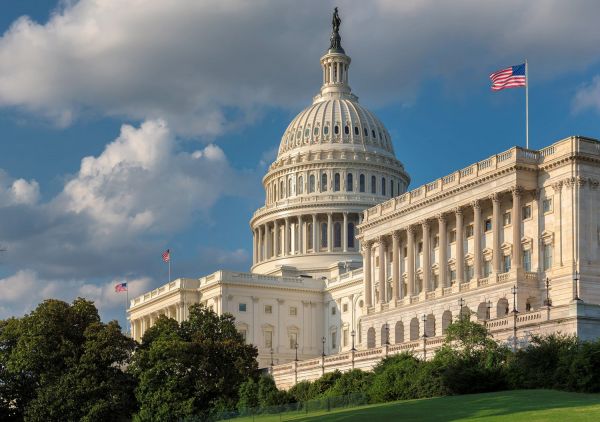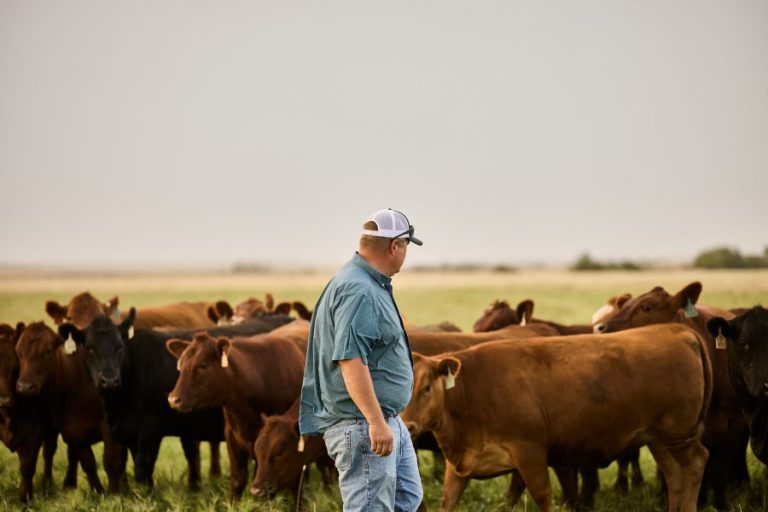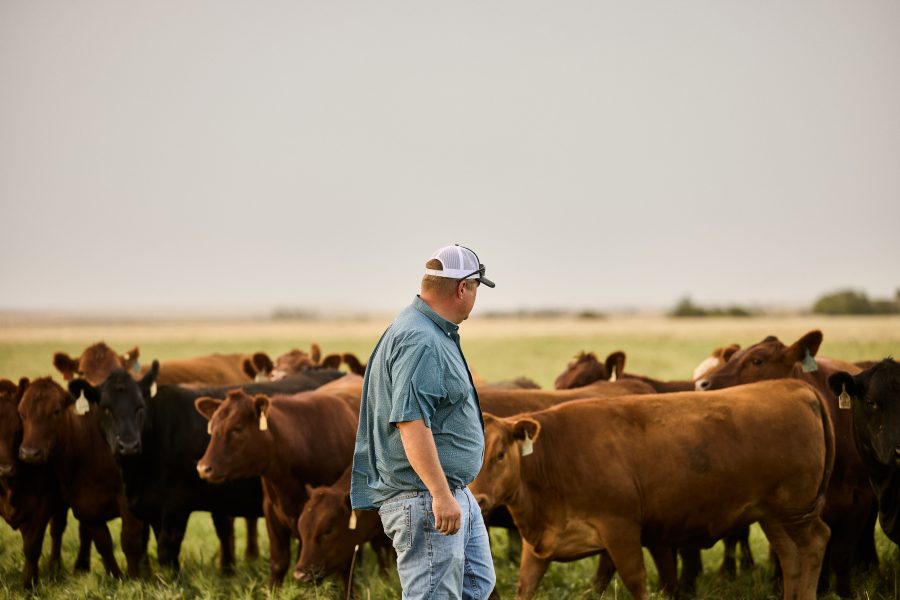WASHINGTON, D.C. – According to the most recent Congressional Budget Office’s (COB) baseline, the 2023 Farm Bill is estimated to cost $1.295 trillion over 10 years, making it the first ever farm bill to exceed $1 trillion.
The once-every-five-year piece of legislation is a hodgepodge of policies. The bill is made up of multiple titles — 12 to be exact — that blended together make up a bill known as the biggest safety net for American farmers and increasingly, ranchers.
However, a very short timeline and infighting among House Republicans are raising questions over the feasibility of passing a large measure in time.
Meanwhile, everyone from mayors to labor advocates to utility companies are vying for their piece of the farm bill pie.
 Key Points of Negotiation
Key Points of Negotiation
Although there are 12 titles to the farm bill here are the portions most likely to get attention beyond nutrition:
Crop insurance: Budget hawks may be looking at calling for a decrease in the amount of crop insurance subsidies as a way to cut federal spending on agriculture. Other industry stakeholders want at least the same level of funding and an easier and more affordable way for farmers to be able to use the safety net.
Rural development: The Department of Agriculture is the only federal agency with the explicit mandate of deploying programs to help the development of rural areas. This includes grants to build hospitals, schools, traditional infrastructure and utilities services.
Research: The farm bill can allocate dollars to fund research at colleges, universities and public and private institutions. This can include research into how to best grow food, make crops more resistant to droughts and heat, and create artificial intelligence machines to work on the crops.
Conservation: The conservation title received a significant boost from recent Congressional efforts to invest in climate-change mitigating efforts. Lawmakers, however, have long pushed to make sure programs are voluntary and not mandatory for producers. Still, many say the programs are oversubscribed with more demand to be a part of them than there are incentives to give
The nutrition title is projected to make up 84% of total 2023 Farm Bill spending. This increase reflects COVID-19 pandemic assistance, growth in participation, and adjustments to SNAP benefit calculations.
According to Food and Agricultural Policy Research Institute Director Pat Westhoff, “The SNAP number alone is running about $120 billion per year. Over 10 years, that’s $1.2 trillion. When factored in with the other segments, that’s about 83% of the farm bill funding.”
Any increases in funding for food assistance is expected to prompt a resumed call to remove the nutrition title from the Farm Bill.
2023 Farm Bill Priorities
American Farm Bureau
National Cattlemen’s Beef Association
National Milk Producers Federation
National Sustainable Agriculture Coalition












